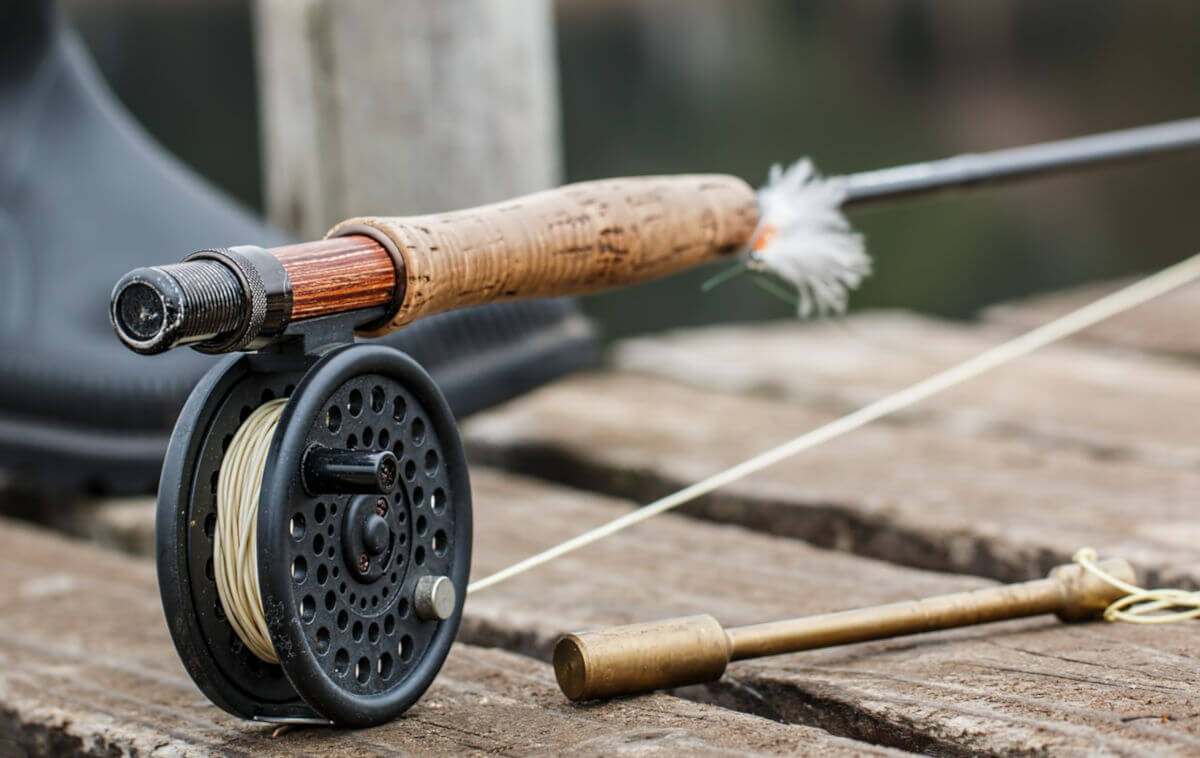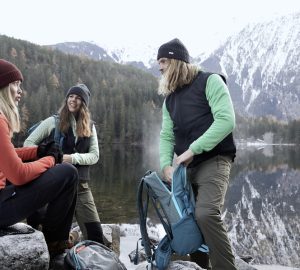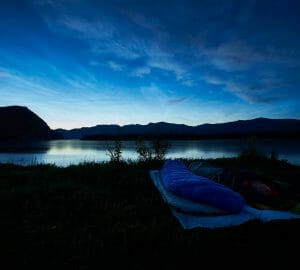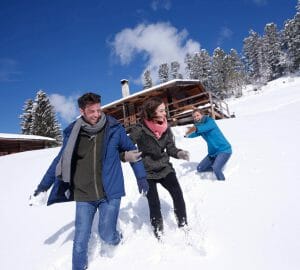When you think about fly fishing you ultimately think of an elite group of anglers who don’t want to be put in the same pond with the “common angler”. You often hear that it takes years to learn the art of fly fishing and that the equipment costs you an arm and a leg. But in the end, it is just another technique to catch the desired fish – it being the most elegant and “fish-gentle” technique of them all.
It had me fascinated right from the beginning. Weather-check; nice waters found online-check; and off we go! This spring-like Sunday, I went to the river Paar in Wangen, Allgäu.
There is one segment right in the middle of the countryside where visiting anglers are also welcome. It is also great to fish with both, the fly-fishing or the spin-fishing method. In order to legally fish in German waters, you need a valid fishing permit and a fishing license for the respective waters. You can get the fishing license when passing a fishing test after a 30-hour preparatory course. It’s no sorcery to pass this test and when prepared well enough, anyone can manage.
When it comes to the costs of the equipment it’s just like with everything else: there is no limit! But since the market in this segment has grown steadily over the past few years, I know that you can get passable equipment for less. However, there is one thing you shouldn’t go without: good advisory from your fishing shop – because without the necessary knowledge mistakes are made easily, and those should really be avoided from the beginning. When you pick the wrong rod length and the wrong fishing line for the waters you chose, it can be rather disillusioning and you might lose your patience.
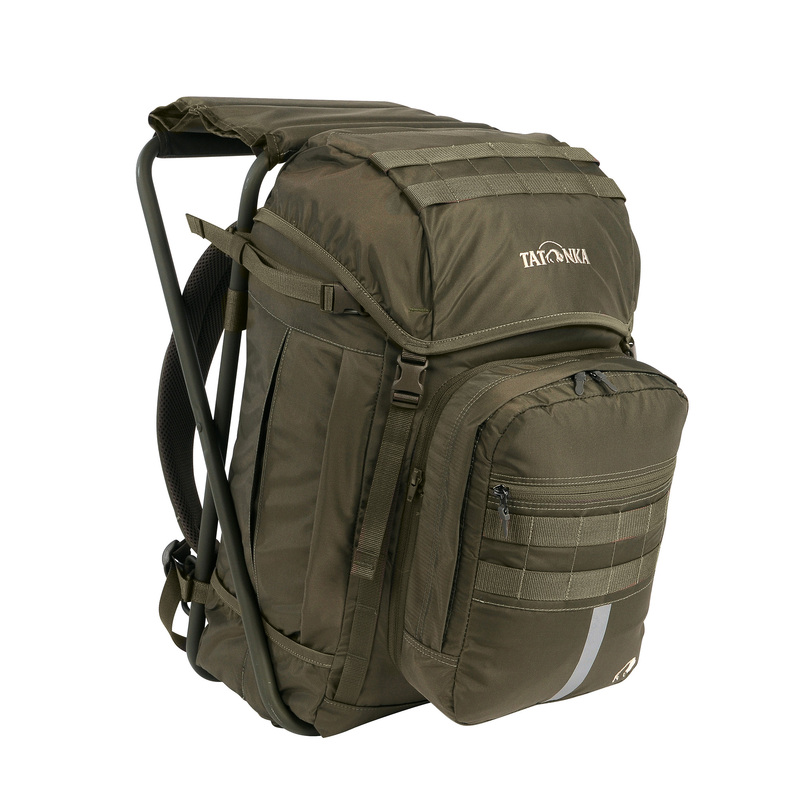
Rucksack mit Sitzgelegenheit
Petri Chair by Tatonka – Hiking and fishing backpack with integrated seat made of sturdy aluminium and a removable hip bag with special equipment for anglers (e.g. hook cushions).
About the throwing technique
I don’t want to say too much about the throwing technique because the aim is to manage your fly into the right position. And the only way to get there is practice, practice, practice. Although there are more than 25 basic throwing techniques, which, of course, are all justified, first give it a try on land. After a few tries proceed to the water and find your own technique.
In order to get your desired fish on the hook, you have to use the right bait. Other than with fishing techniques that use live bait (worms and maggots) or ground bait (maize), fly fishing imitates the natural prey of the fish. The handmade imitations of insects and smaller fish, which ideally live in the same waters of the target fish, are for tricking the trout and lure them to bite.
Reading tip: Trekking tips – Never been on a trekking tour? The 5 most common beginner’s mistakes and how to avoid them
After only a few minutes near the water I was already successful: A beautifully marked brown trout with its characteristic red spots bit the wet fly. Wet fly fishing is the oldest form of fly fishing. This kind of bait imitates either nymphs almost about to hatch or drifting, dead insects.
The equipment – a special backpack by Tatonka
I cannot go on fishing trips without my Petri Chair! This backpack, designed to meet all needs of an angler, offers enough space for all your equipment and snacks to take with you – its comfortable shoulder straps are perfect, which is great as the best fishing spots are usually those that aren’t easy to reach.
The special detail of the Petri Chair is the detachable front pocket. This hip or shoulder bag is perfect for fly fishing because you have all the most important utensils neatly organised with you and yet you can move freely. In the inside of the pocket, there’s a foam fixation where you can arrange your flies. This way, swapping flies is done easier and more quickly. And additionally, the Petri Chair’s broad seating surface is perfect for taking a break. I personally like to use the chair as a small table to prepare what I will need later on. Fly fishing keeps you moving and won’t leave you much time to sit.
What I like most about fly fishing is being close to nature. Even if I wasn’t successful outsmarting fish (which happens quite a lot), I learn many things about nature from observing it in and from the water. I got to love it and learned how to protect it.
If you are interested in fly fishing, just give it a try in the right waters – just like with any other fishing technique, practice is all it takes.
Good luck and be patient!




